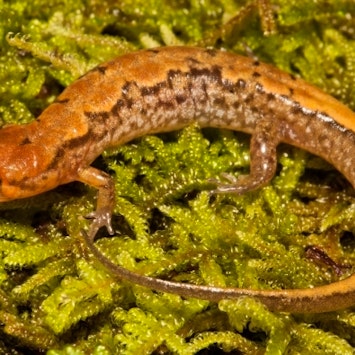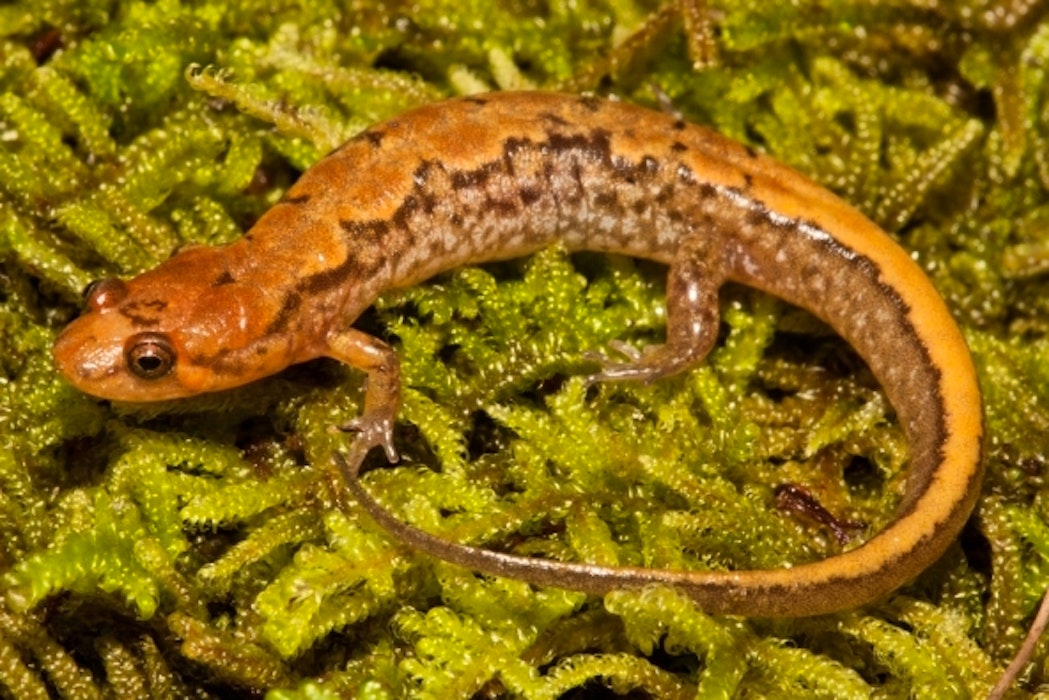Ask a Naturalist: What is an indicator species?
Discovery Place Nature

Ecosystems are very delicate. We know that if we take too many tuna out of the ocean, it will cause problems in their habitat because everything will go off balance.
It is easier for us to put limits on fishing or hunting but sometimes there are issues we cannot see happening, such as too much acid rain or water pollution in an area.
This is why indicator species are incredibly important to humans. An indicator species is a living thing that tells us something is wrong with a habitat or ecosystem.
Usually they tell us by not growing or surviving. If a certain area all of the sudden does not have an indicator species anymore, scientists know they need to find out what is wrong with it.
A lot of indicator species are organisms that need specific air or water to grow a long healthy life. In the Charlotte area, amphibians are our main types of indicator species.
One of the main reasons they commonly die out before other animals is because of their skin. An amphibian has the ability to absorb water through their skin to help them drink and breathe. Anything in the water or surrounding area will be absorbed as well. (This is why we use gloves to handle amphibians at the Museum).
Because an amphibian will absorb good with the bad, if there is too much pollution or harmful chemicals in their environment, they will start to die off and fewer will come back each year. They are warning us of unsafe conditions that could eventually impact our own health as well.
Scientists study and watch amphibian numbers closely to make sure they catch environmental issues as soon as possible.
We have so much we can learn from our animal friends!


